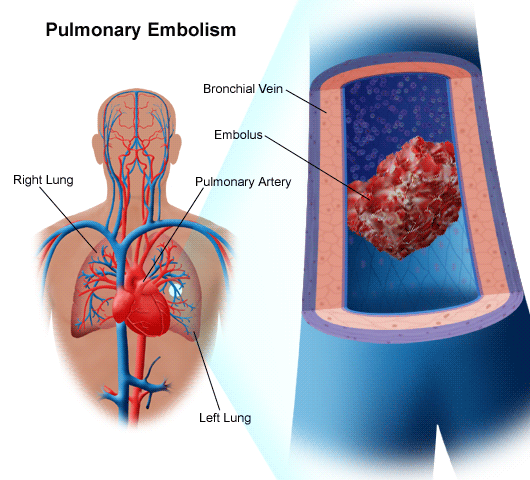In 2005, the United States Senate officially recognized March is DVT Awareness Month in an effort to educate the public on the dangers of Deep Vein Thrombosis (DVT) and Pulmonary Embolus (PE). Current events are a reminder that you or someone you know could be at risk of have DVT/PE. Tennis star Serena Williams was recently treated for a PE. In 2005, a reporter embedded with our troops in Iraqi, David Bloom, died of a PE. Closer to home most of us probably know someone who has suffered with DVT/PE.
What Are Blood Clots?
It is normal for blood to clot if you experience a cut or scrape. However, if your blood clots in your deep veins a “deep vein thrombosis”, or DVT may form. DVTs can partially or completely block the flow of bood in the deep veins. Most reported cases of DVT are in the lower extremities (legs) although arms and pelvic veins may also be affected. An embolus may occur if all or part of a DVT breaks away from the vein wall. If an embolus moves through the heart and into the arteries in the lung(s), it is called a “pulmonary embolus”, or PE.












